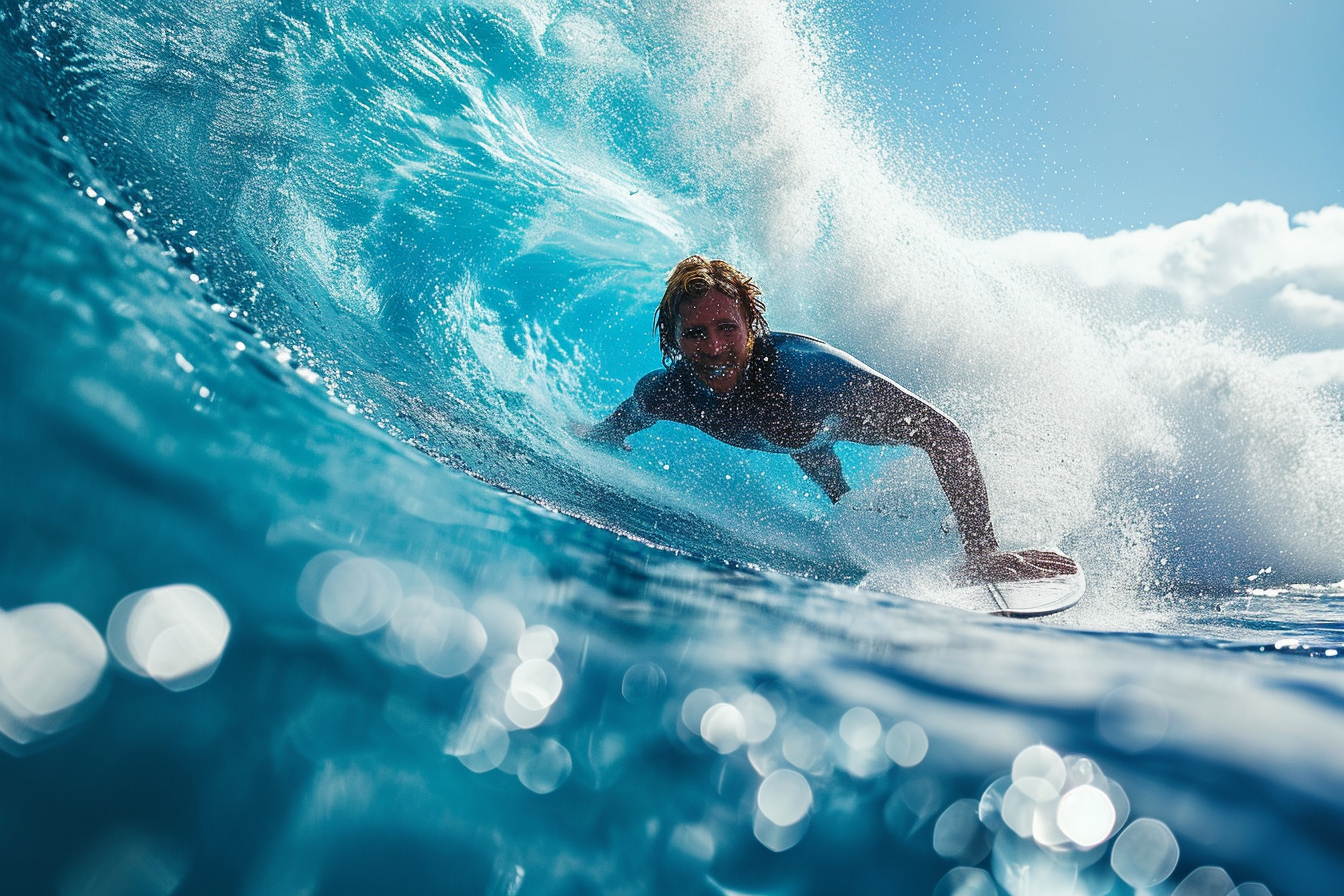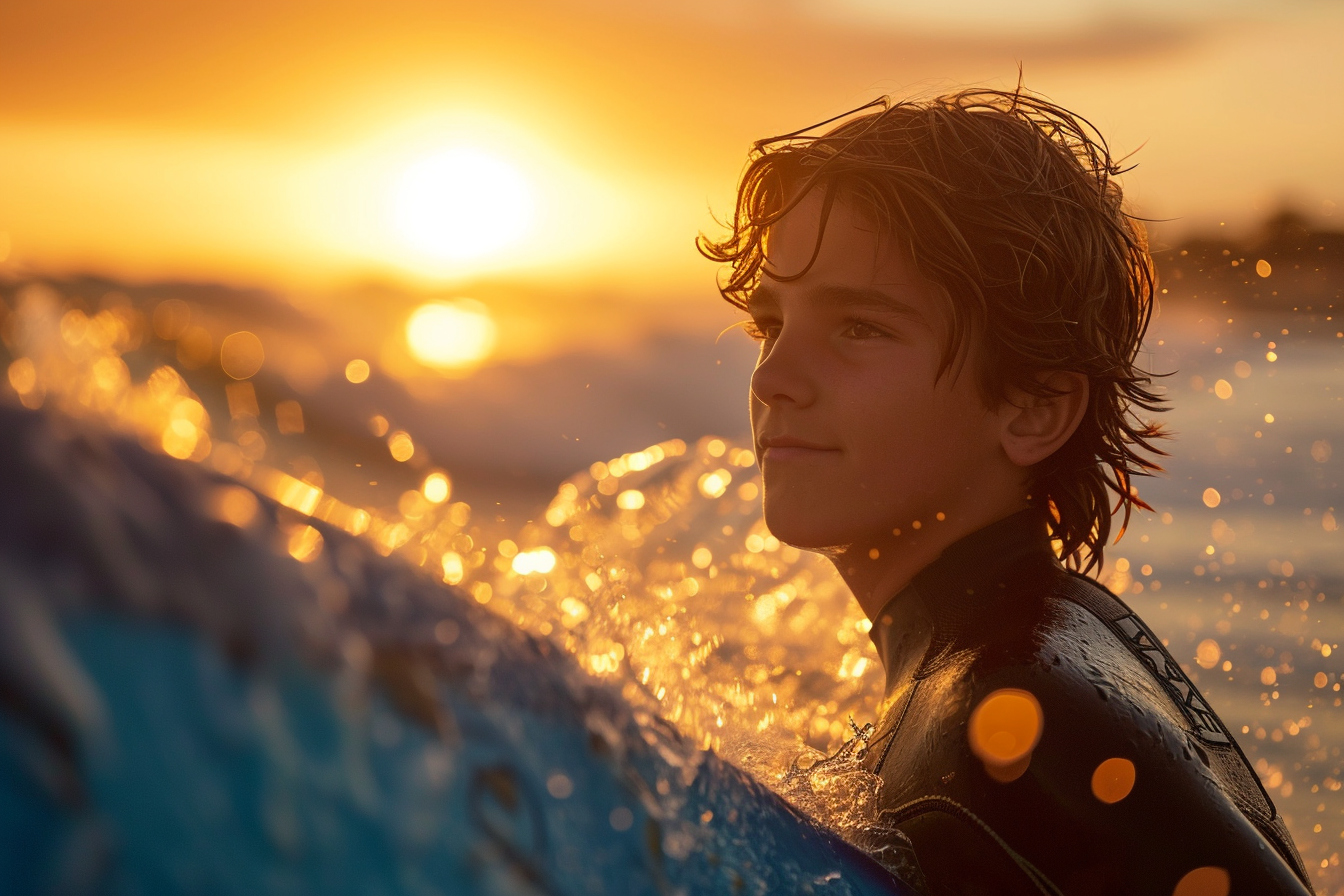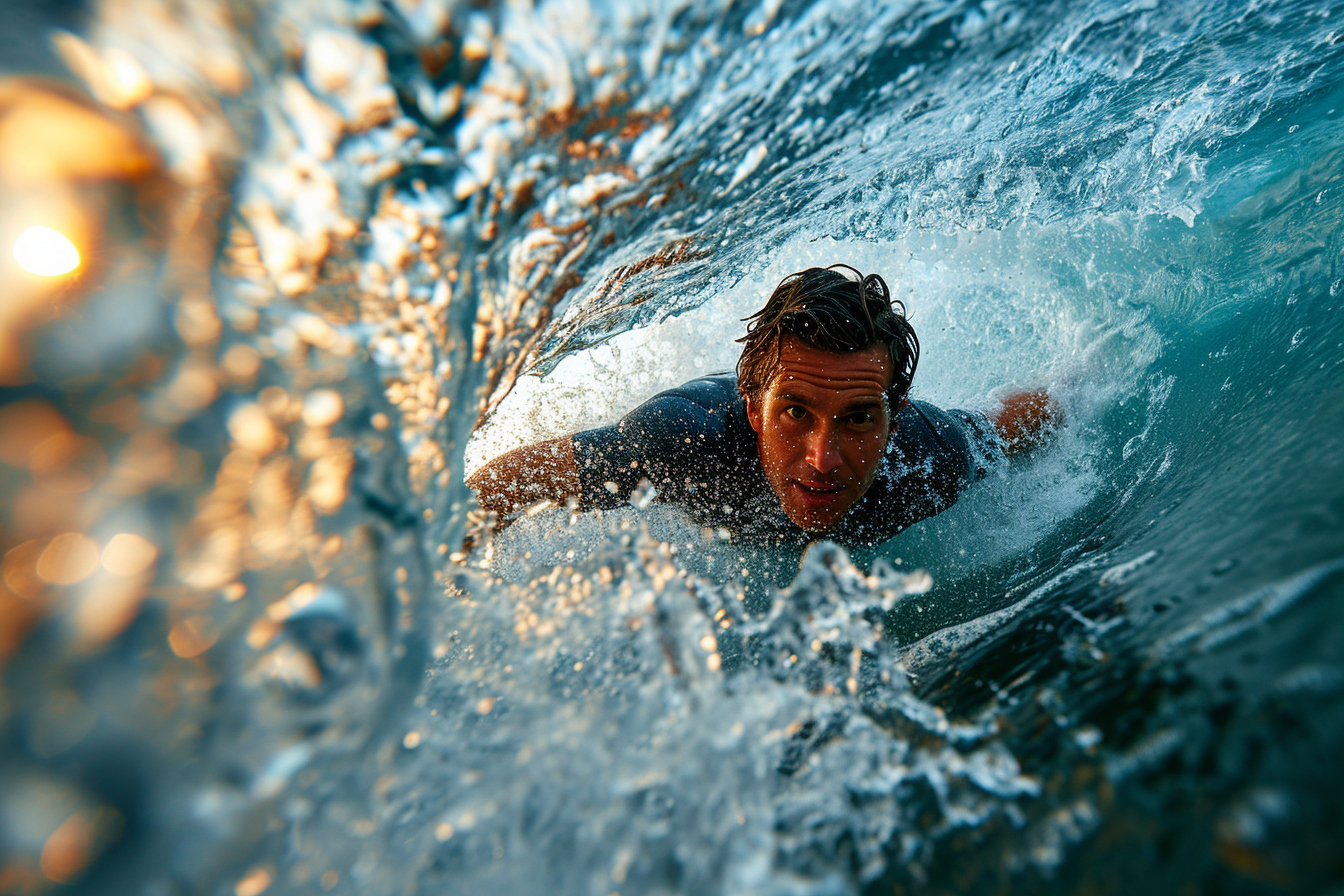The ocean, with its vast expanse and rolling waves, beckons adventure seekers to dive into the aquatic thrills of bodyboarding. Unlike its cousin surfing, bodyboarding involves a shorter board and a more intimate connection with the wave. The sport allows enthusiasts to harness the power of the ocean while executing dynamic maneuvers that display both grace and athleticism. This primer serves as a comprehensive guide, aimed at equipping novices with the knowledge to begin their journey in mastering the art of bodyboarding.
Choosing your bodyboard
Understanding board types
Bodyboards come in an array of sizes and shapes, optimized for different wave conditions, body types, and experience levels. A fundamental step in starting your bodyboarding journey is selecting the right board. The core materials, generally made from polyethylene (PE) or polypropylene (PP), give the board its buoyancy and flexibility. PE cores suit cooler waters and provide a flexible ride, while PP cores excel in warmer waters, offering stiffer boards for quicker response.
Sizing and shape considerations
Bodyboard size is crucial for control and efficiency. As a general rule, the bottom of the board should reach up to your belly button when stood in front of you. The width of the board also plays a role in maneuverability; wider boards offer more flotation but might sacrifice agility. When it comes to shape, crescent tails help with control in various conditions, whereas bat tails may provide a looser feel, ideal for more advanced riders seeking increased lift and maneuverability.
The essentials of gear and safety
The right wetsuit
Water temperature is a key factor when choosing a wetsuit. Full suits are ideal for cold waters, while shorties suit warmer climates. The right fit – not too loose or too restrictive – will ensure both comfort and insulation.
Bodyboarding fins and leashes
Fins, specifically designed for bodyboarding, deliver the necessary propulsion to catch waves. While choosing fins, find a balance between comfort and thrust – tight enough to stay on your feet, yet not so tight that they hinder circulation. A fin saver can help prevent losing them in rough conditions.
Leashes keep your board tethered to you if you wipe out. Attach the leash to your upper arm or wrist to ensure your board stays within reach. A good-quality leash is an investment in your safety and convenience.
Safety first
With any water sport, safety is paramount. Always bodyboard in a lifeguard-patrolled area, and stay informed about local conditions. Learning about rip currents and how to identify and escape them is essential. Additionally, bodyboarding with friends can not only enhance the fun but also increase safety through mutual supervision.
Understanding ocean conditions

Reading the waves
The ability to decipher wave patterns, size, and frequency is an invaluable skill for any wave rider. Waves that break in clean, consistent sets provide ideal conditions for bodyboarding. A thorough understanding of the break – whether it’s a beach break, point break, or reef break – will help you anticipate the wave’s behavior and your appropriate response.
Tide and wind impact
Tides have a significant impact on the formation of waves. Some spots may work better on high tide, with deeper water preventing the wave from breaking too quickly, while others may be optimal on low tide. The wind also affects wave quality – offshore winds (blowing from land to sea) typically groom the waves, creating cleaner and more desirable conditions for bodyboarding.
The fundamentals of bodyboarding technique
Paddling out
Efficient paddling out to the lineup is your first step to catching waves. Lie flat on your board with your body centered for optimal balance. Using your fins and arms, paddle with a steady, alternating stroke. When faced with oncoming waves, you can either duck dive (pushing your board beneath the wave) or perform an eskimo roll (flipping over with your board to let the wave pass over you).
Catching a wave
As the wave approaches, turn your board to face the shore and start paddling toward the beach with strong and deliberate kicks. Timing is key; initiate your paddle just as the wave starts to lift the back of the board. Once you feel the wave’s momentum take hold, use your arms to guide yourself into the desired direction of the ride.
The prone position
Mastering the prone position is fundamental to control on the wave. Keep your arms extended with hands on the front corners of the board, elbows locked, and lift your chest slightly. Your lower body should be relaxed, with legs together and fins out of the water to avoid drag.
Executing maneuvers
Once you’ve caught the wave, use your hands and elbows to steer, performing cuts, spins, and even aerial maneuvers as you gain experience. Keep in mind that your body positioning and weight distribution greatly affect your speed and turning ability. Leaning forward increases speed, while leaning back facilitates sharper turns.
Progressing with bodyboarding

Improving your skills
Consistent practice is vital to progress in bodyboarding. Spend as much time in the water as possible to build your stamina, confidence, and instinct for wave riding. Analyzing your rides, and even filming them, can provide insight into how to refine your technique.
Joining a community
Engaging with the bodyboarding community can fast-track your learning curve. Join local clubs or online forums to share experiences, learn from others, and perhaps find mentors who can impart their knowledge.
Attending workshops or schools
Bodyboarding workshops or schools offer structured learning from seasoned instructors. They provide a safe environment where you can receive personalized feedback and participate in drills designed to improve your technique.
Advanced techniques and equipment
Drop knee riding
As you evolve, you might be drawn to the drop knee style – a hybrid stance with one knee on the board and one foot on the tail. This stance allows for different tricks and a new approach to riding waves.
Choosing advanced equipment
Advanced riders often customize their boards with specific tails, contours, and rail designs to suit their style. Upgrading your fins for increased power and investing in accessories like bicep leashes or padded board covers can enhance your bodyboarding experience.
The path forward in bodyboarding
Embarking on the bodyboarding journey promises both exhilarating highs and humbling encounters with the ocean’s might. As you transition from beginner to a more seasoned rider, the challenges will grow, and so will the satisfactions. Developing a reciprocal relationship with the sea, grounded in respect and understanding, will open up a world of endless possibilities on the waves. To truly master the waves is to continue learning from them, embracing each ride as an opportunity to evolve in the art of bodyboarding.

Leave a Reply